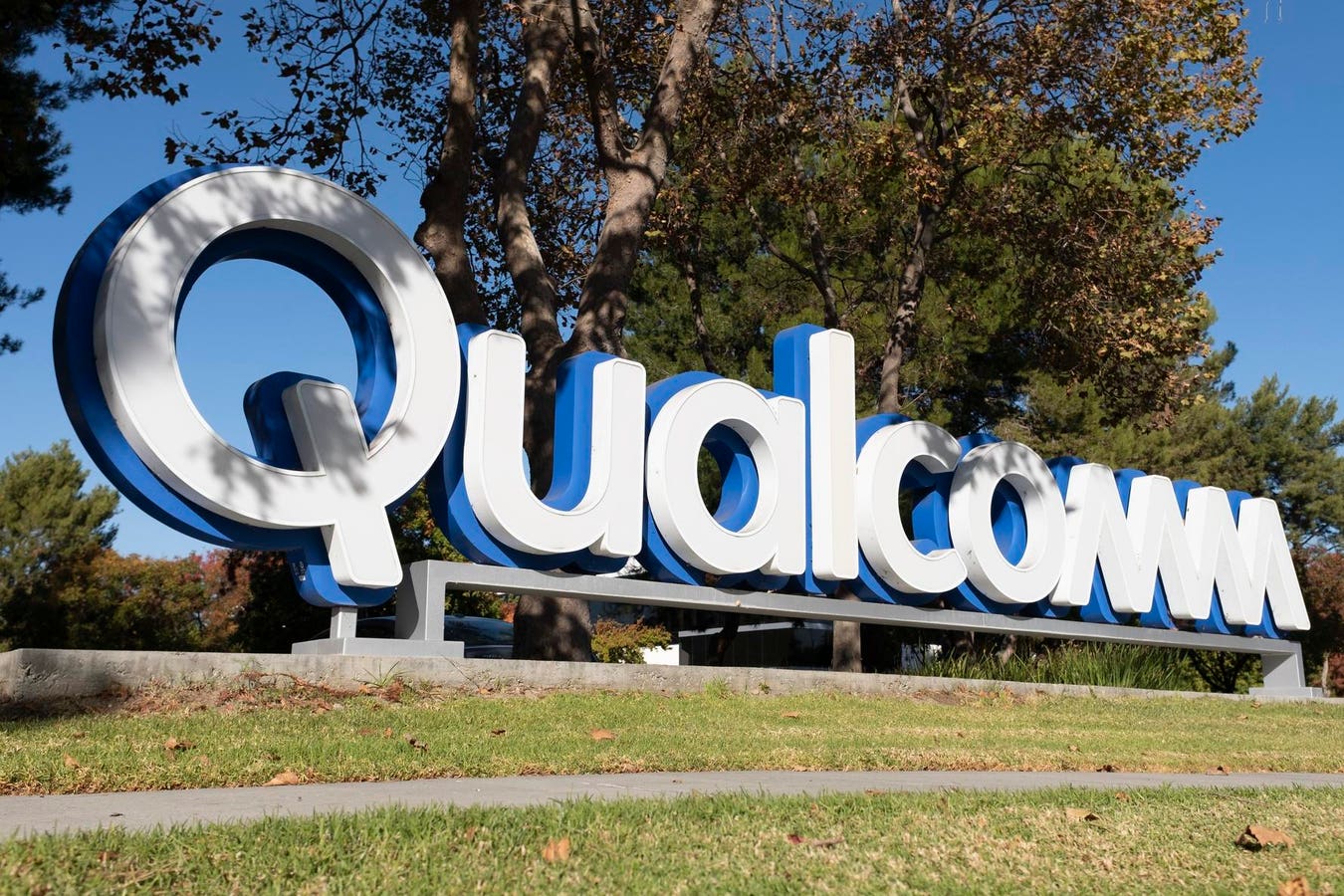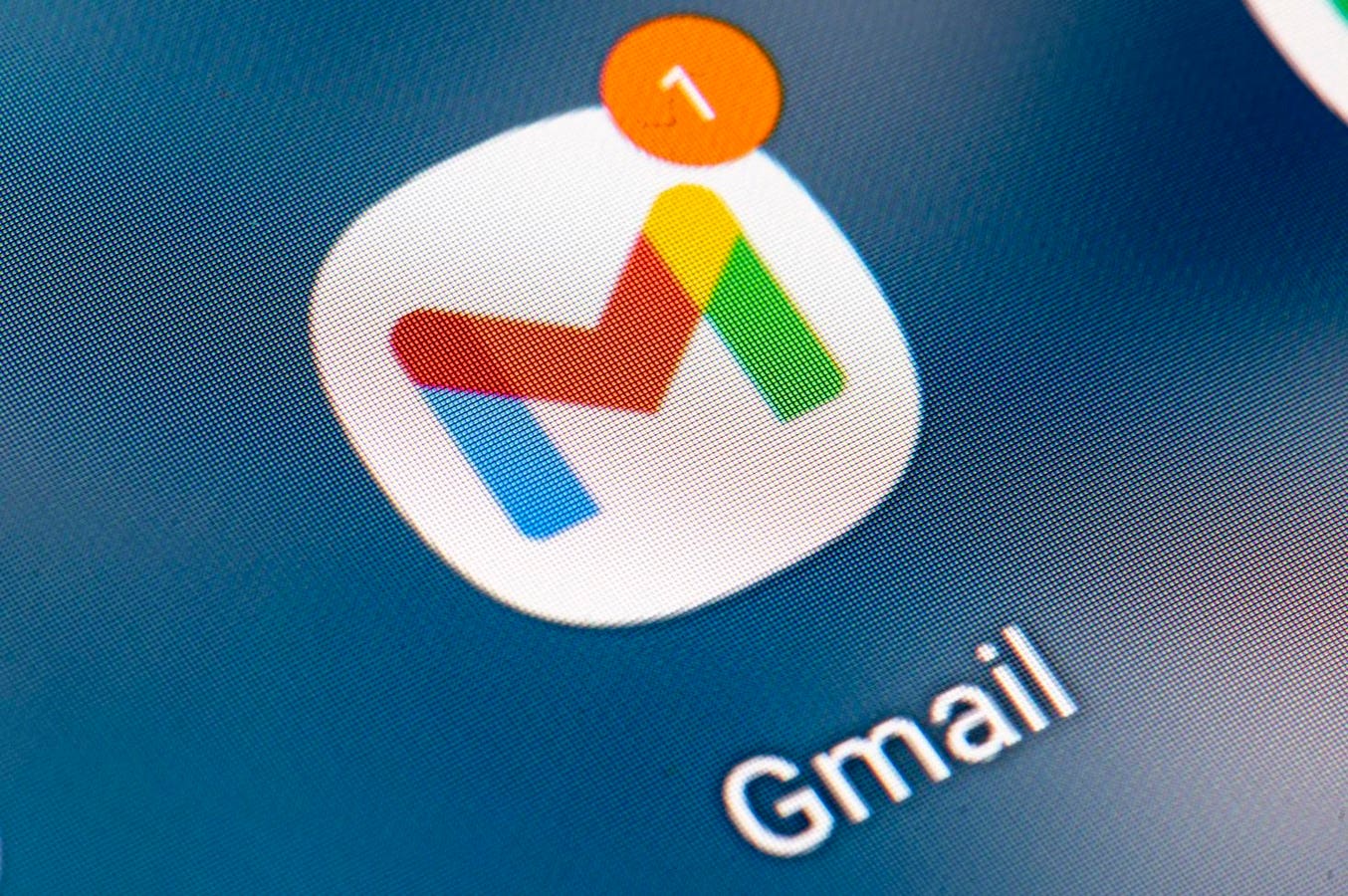Employ this protection against dangerous emails now.
Emails can be dangerous, of that there is no doubt. Just take a look at some of the recent cybersecurity news headlines for proof: Microsoft 365 attack can bypass email security, PayPal warning as dangerous invoice bypasses email security, as Gmail attacks continue this security check is crucial. Note the common thread of emails bypassing security checks? With security analysts confirming that 427.8 million dangerous emails were sent to its customers during 2024 alone, and brand impersonation being a primary email attack vector, there is still hope, however: one rule could protect you all. Here’s what you need to know.
Brand Impersonation Emails—The Business Verticals Index
I cover the area of brand impersonation a lot in my writing here, which is hardly surprising as it forms the basis of most phishing attacks in one way or another. After all, the whole point of the malicious emails sent by these scammers is to get you to click a link or download a file or open an attachment by leveraging trust. That trust, more often than not, comes by way of branding. Call the company support line, the organization has spotted something wrong with your account, and so on. Emails that purport to come from a trusted brand, and there are many ways that this can be achieved, from simple spoofing to the exploitation of elaborate technical loopholes, are often the most convincing.
A March 12 report from Hornetsecurity has reinforced the notion that while email remains a crucial communication tool, even with social media and instant messaging eating into its dominance, it is also a major target for cybercriminals. “One of the key areas we review,” the report said, “is the number of threats being levied at different industry verticals.” Most notable in the latest analysis to be released is that every industry vertical experienced a slowdown in associated brand impersonation threat emails. This is, of course, a good thing. However, Hornetsecurity has also noted, just within the boundaries of customers protected by its own systems, that there were 427.8 million emails with malicious content sent to those customers across 2024. The threat, when extrapolated across all email users, remains huge and of critical importance.
“Brand impersonation continues to be a major email attack technique targeting end users and businesses,” Hornetsecurity said. The likes of DHL, FedEx, Facebook, Mastercard and Netflix remain highly targeted in such phishing emails. The research also found that the number of Docusign brand impersonations had doubled over the period being analyzed.
Dangerous Emails—One Rule To Protect Us All
I have, over the years, forgotten just how many times I have written about the importance of employing Domain-based Message Authentication, Reporting & Conformance when it comes to combatting the impact of brand impersonation attacks from phishing emails. The latest, however, was in a report about how Google is protecting Gmail users with strict sender authentication requirements employing DMARC. So, I was pleased to see that Hornetsecurity was also quick to look to DMARC protections when talking about mitigation following its analysis of 10,743,561 active mail-sending domains that revealed huge gaps in email authentication implementation.
“Only 35.4% of analyzed domains have implemented DMARC protocols,” Hornetsecurity said, “indicating that nearly two-thirds of domains lack this critical security measure.” Perhaps most worrying was that only 16.6% of domains were using DMARC aggregate reporting, known for some reason that escapes me as RUA, to provide critical visibility into email authentication results. “Through RUA monitoring,” Hornetsecurity concluded, “organizations are able to observe surges in spoofed emails originating from previously unknown IPs, enabling them to alert their customers about the specific phishing campaign.” This one rule, this one trick, could save millions of people from falling victim to phishing attacks. So, come on email admins, what are you waiting for?








